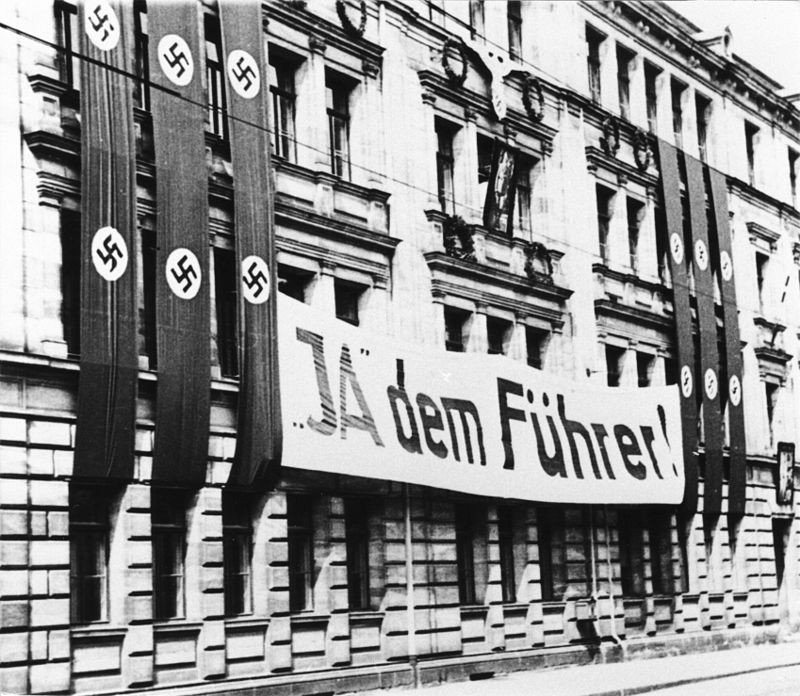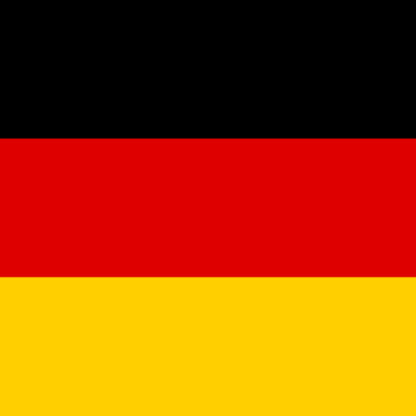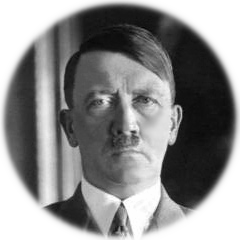Hitler, Führer of Germany, 1934 – 1945
08/02/1934 AD appointed
Upon Hindenburg's death, Hitler becomes Führer und Reichskanzler of Germany.
The previous day, the cabinet had enacted the "Law Concerning the Highest State Office of the Reich". This law stated that upon Hindenburg's death, the office of president would be abolished and its powers merged with those of the chancellor.
Hitler thus became head of state as well as head of government, and was formally named as Führer und Reichskanzler (leader and chancellor), although Reichskanzler was eventually quietly dropped.
With this action, Hitler eliminated the last legal remedy by which he could be removed from office.
A referendum on merging the posts of Chancellor and President was held in Nazi Germany on 19 August 1934,[1] seventeen days after the death of President Paul von Hindenburg. The German leadership sought to gain approval for Adolf Hitler's assumption of supreme power. The referendum was associated with widespread intimidation of voters, and Hitler used the resultant large "yes" vote to claim public support for his activities as the de facto head of state of Germany. In fact, he had assumed these offices and powers immediately upon Hindenburg's death and used the referendum to legitimise that move and take the title Führer und Reichskanzler (Führer and Chancellor).
Subjects Who or What appointed?
-
Germany Nation
Objects To Whom or What was appointed?
-
Adolf Hitler Führer of Germany...
Events in 1934 MORE












